In a recent analysis, renowned investor Ray Dalio has issued a stark warning to Americans, highlighting that the ongoing chaos extends far beyond the scope of tariffs. He argues that the era of U.S. dominance is coming to an end, with significant disruptive changes looming on the horizon. This article explores Dalio’s insights and offers practical advice on safeguarding oneself in these turbulent times.
The Bigger Picture: Beyond Tariffs
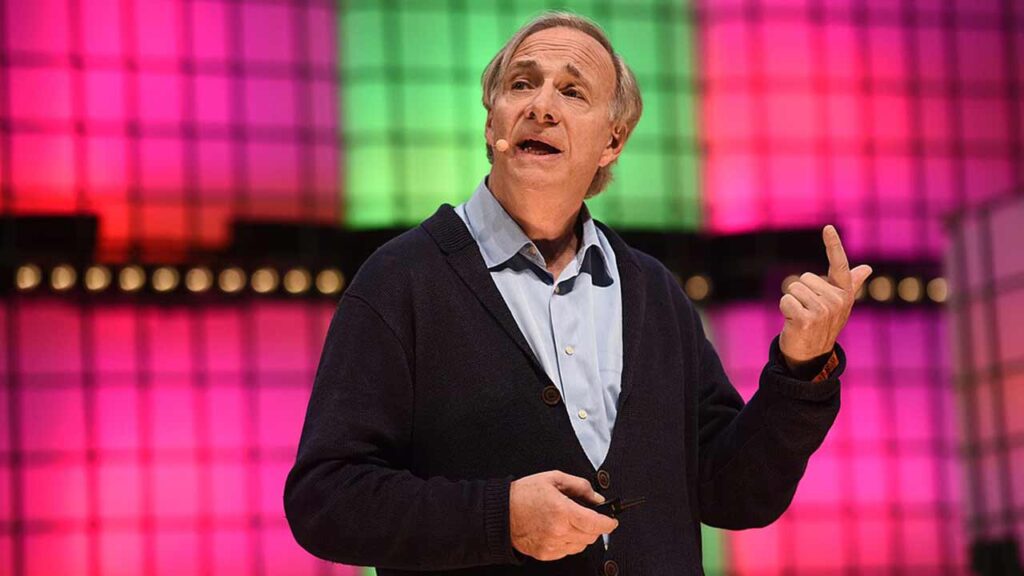
Focusing solely on tariffs is like trying to understand a book by reading a single page. Tariffs may grab headlines, but they are just one piece of a much larger puzzle. Ray Dalio emphasizes the need to look at broader economic forces, such as global supply chains, technological advancements, and shifting alliances, to truly grasp the magnitude of the changes underway. These forces are deeply interconnected, and their combined impact is reshaping the global economic landscape.
Dalio’s perspective on these global economic shifts suggests that the U.S. is no longer the uncontested leader it once was. Interconnected economies mean that what happens in one part of the world can have ripple effects everywhere. Just as the fall of the British Empire led to a new world order, so too might the decline of U.S. dominance pave the way for a reshuffled global hierarchy. Understanding these shifts requires a historical lens, as previous power transitions offer valuable lessons for today’s scenario.
The Decline of U.S. Dominance
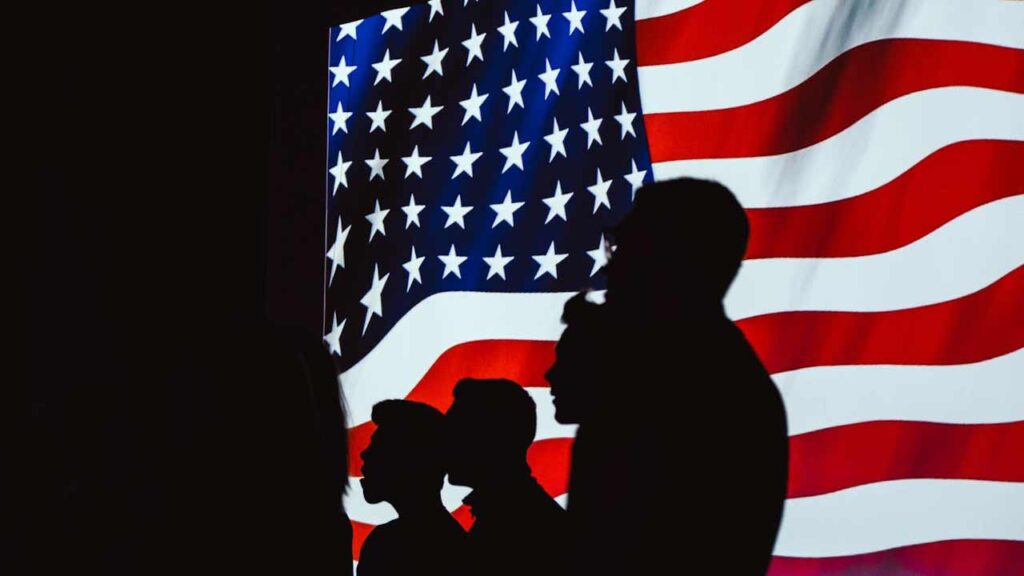
Several indicators point to the waning influence of the United States on the global stage. Economically, the rise of China and other emerging markets is challenging U.S. supremacy. Politically, the U.S. faces increasing rivalry and waning influence in international institutions. Socially, internal divisions and challenges such as inequality and political polarization are eroding the country’s soft power. These factors collectively contribute to a decline in U.S. dominance, echoing historical patterns of other great powers.
In a comparative analysis, the rise of nations like China and India signals a shift in the balance of power. These countries are asserting themselves economically and geopolitically, seeking to redefine international norms and alliances. Dalio draws parallels with the rise and fall of past empires, noting that these historical patterns often follow cycles. For today’s America, understanding these cycles can provide insights into the potential trajectory of its global standing.
Disruptive Shifts on the Horizon

Technological advancements are at the forefront of disruptive shifts that could redefine industries and economies. Artificial intelligence, automation, and global connectivity are revolutionizing the way we live and work. These technologies have the potential to create both opportunities and challenges, as they redefine industries and displace traditional roles. Embracing innovation while managing its societal impacts will be crucial in navigating this new era.
Geopolitical tensions and economic realignments are also reshaping global alliances. As nations jostle for influence and resources, new partnerships and rivalries are emerging, challenging the existing order. Simultaneously, environmental and social issues like climate change and resource scarcity are acting as catalysts for change. These factors are driving nations to adapt and collaborate in unprecedented ways, underscoring the need for strategic foresight.
Practical Strategies for Protection
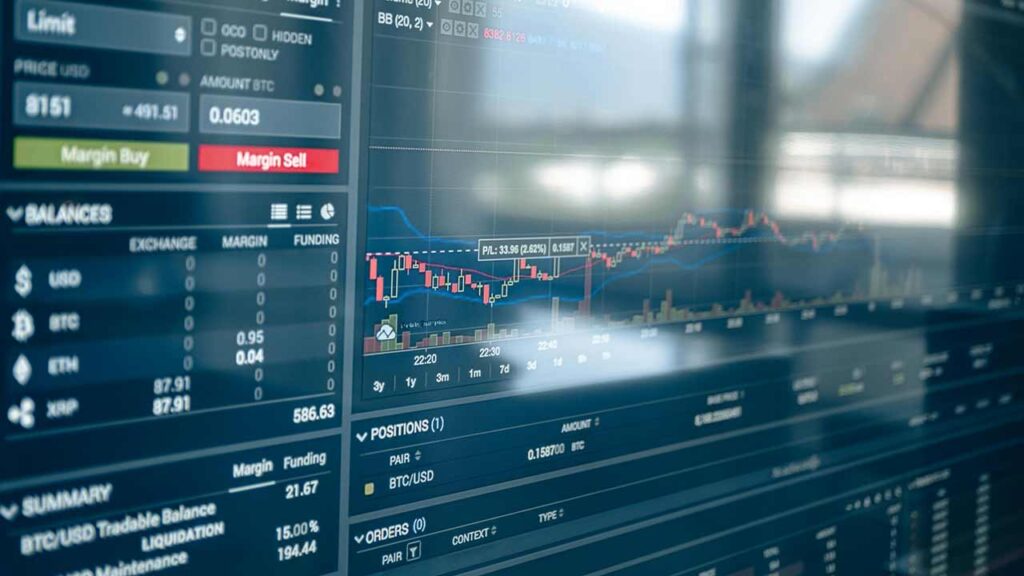
In these uncertain times, diversifying investments can be a prudent strategy to mitigate risk. By spreading assets across various sectors and geographies, one can reduce exposure to market volatility. This approach not only safeguards wealth but also positions individuals to capitalize on emerging opportunities in different markets.
Enhancing personal skillsets is equally important in a rapidly changing job market. Developing adaptability and a commitment to continuous learning can provide a competitive edge. As industries evolve, those who are equipped with diverse skills will be better positioned to thrive, regardless of economic shifts.
Building a resilient mindset is also crucial. Preparing mentally and emotionally for potential disruptions can foster a sense of stability in an unpredictable world. Embracing change and viewing challenges as opportunities for growth can help individuals navigate turbulent times with confidence.
Ray Dalio’s Vision for the Future
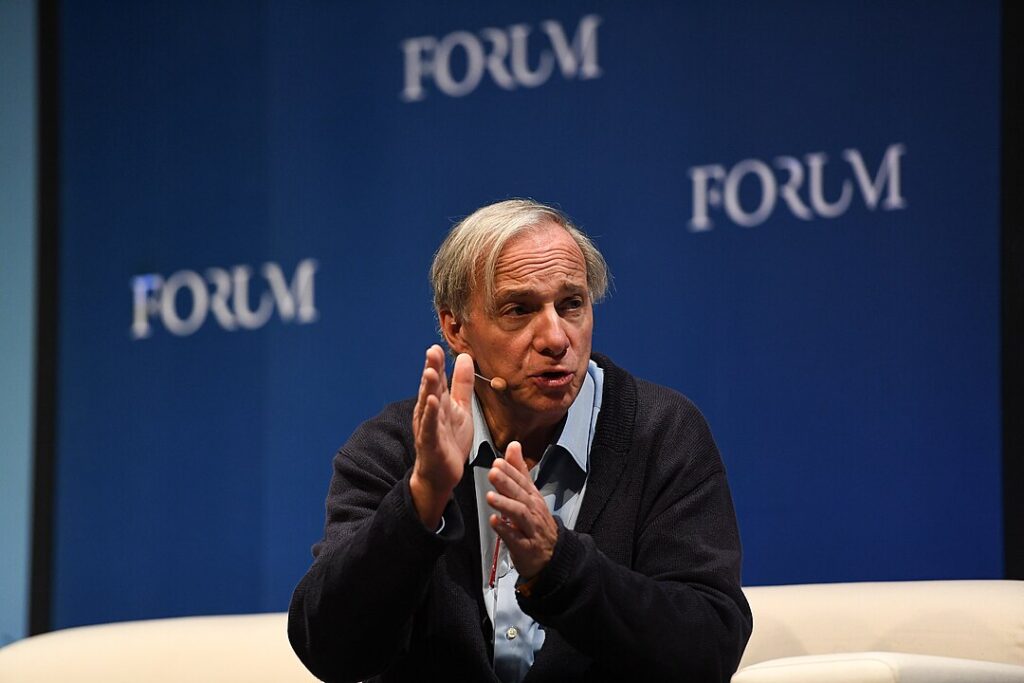
Ray Dalio offers long-term insights into the future of global economies and power structures. He suggests that while the decline of U.S. dominance may seem daunting, it also presents opportunities for innovation and growth. By understanding these shifts and preparing for them strategically, individuals and nations can better navigate the changing landscape.
Strategic foresight is essential in this context. Anticipating changes and adapting to new realities can help mitigate potential risks and capitalize on emerging trends. For both individuals and nations, the ability to foresee and adapt to change will be key to thriving in this new era.
Embracing change and viewing it as an opportunity rather than a threat can open doors to new possibilities. As the world undergoes transformative shifts, those who are willing to innovate and adapt will be well-positioned to lead in the years to come.


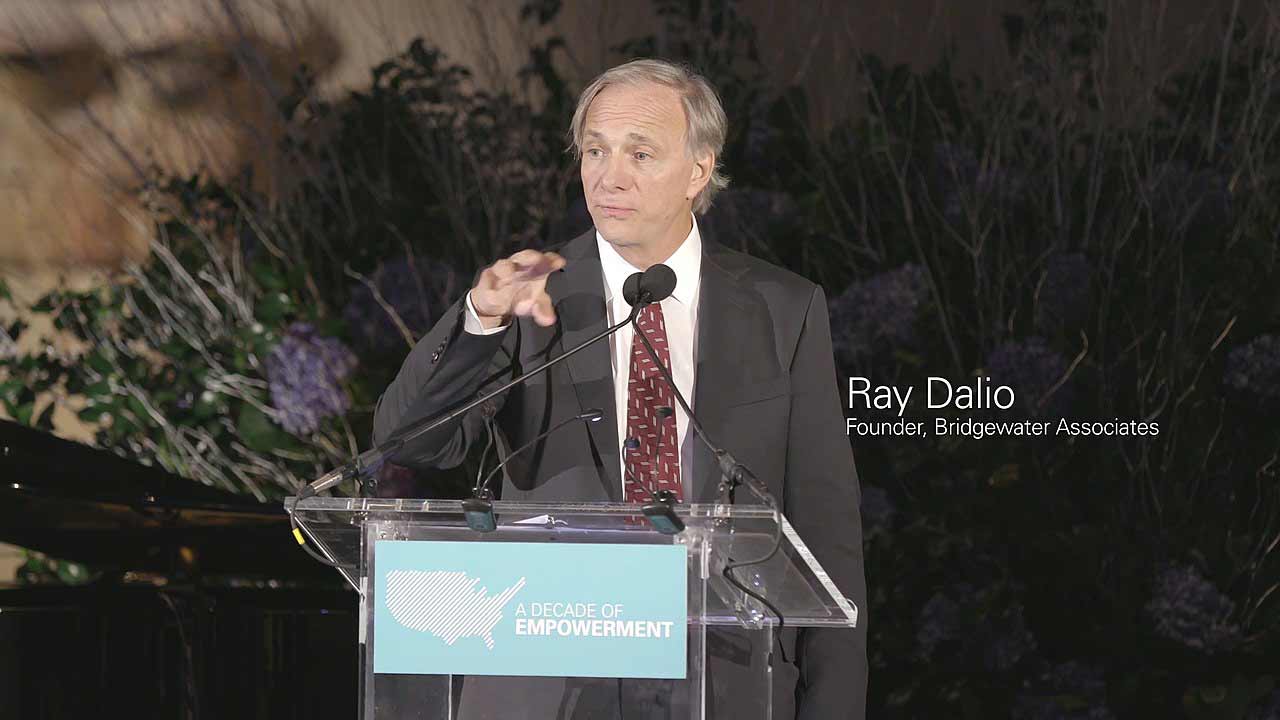





Leave a Reply